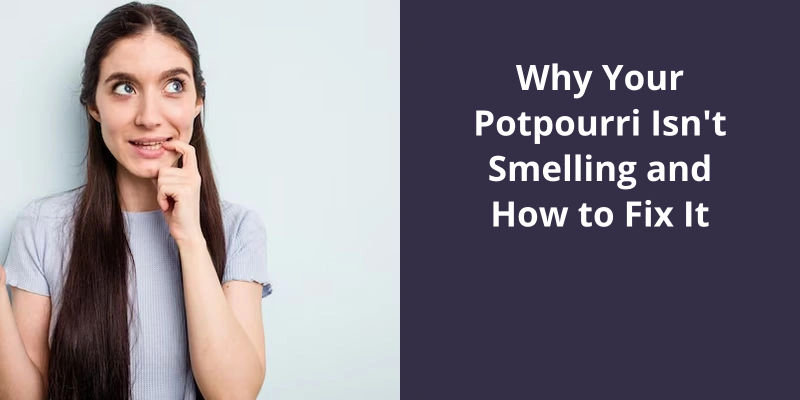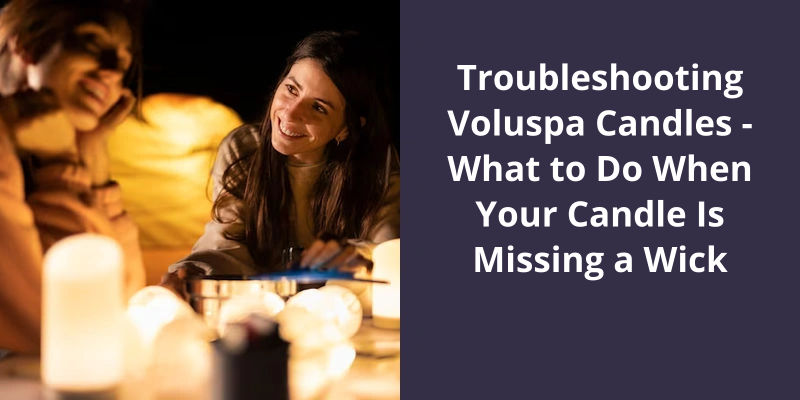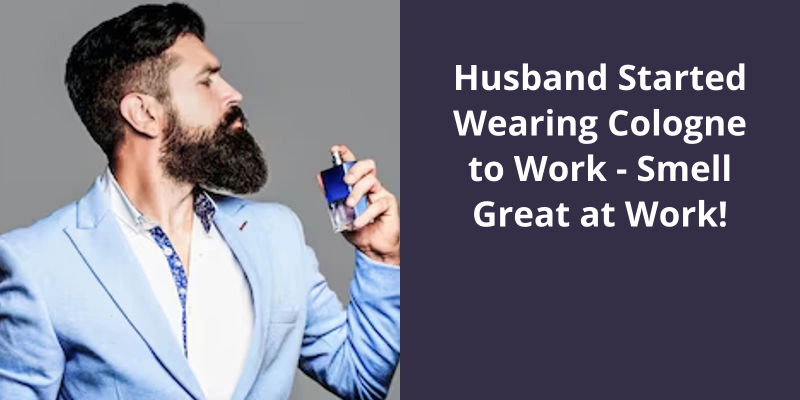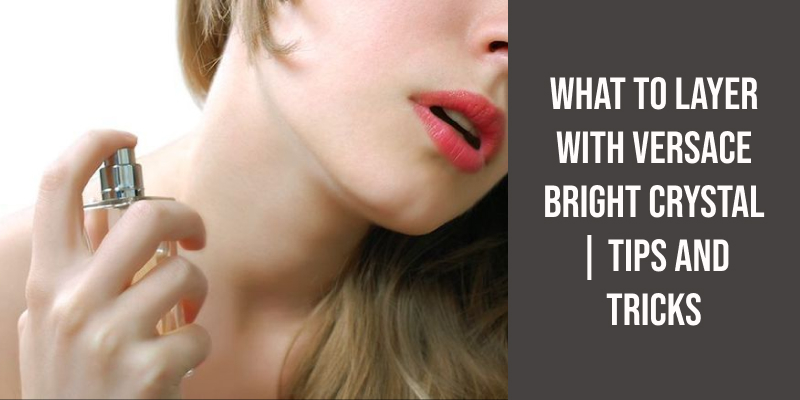In the world of soap making, one important concept to consider is the lye discount, also known as a superfat. Essentially, a lye discount refers to the percentage of oils in a soap recipe that remain "free-floating" in the final bar, having not been converted into soap. This can range typically between 1-7% and plays a crucial role in the overall composition and properties of the soap. By reducing the amount of lye in the recipe, you can intentionally leave a portion of the oils unsaponified, resulting in a more nourishing and moisturizing bar of soap.

What Is the Percentage of Lye Discount?
When it comes to soap making, the percentage of lye discount plays a crucial role in the process. This percentage allows the soap to harden up a little quicker, making it easier to remove from the mold.
While a 33% lye solution is commonly used by soap makers, it isn’t the only option available.
It’s recommended to research and consult reliable sources, such as experienced soap makers or reputable soapmaking books, to ensure the safety and success of your soapmaking endeavors.
Tips for Adjusting Lye Percentages for Different Types of Soap (e.g., Liquid Soap, Hot Process Soap)
- Understand the difference in saponification values for different types of soap.
- Research and calculate the appropriate lye percentage for the specific type of soap you’re making.
- Consider the desired properties of the soap and how the lye percentage may impact them.
- Start with a smaller batch size when experimenting with lye adjustments.
- Take accurate measurements of ingredients to ensure precise lye calculations.
- Use a lye calculator or spreadsheet to determine the adjusted lye percentages.
- Make small adjustments to the lye percentage and test the results before making larger batches.
- Keep track of the adjustments you make and the outcomes to learn from each experiment.
- Consult experienced soap makers or online forums for guidance and advice on lye adjustments.
- Be patient and persistent in your experimentation until you achieve the desired soap formulation.
When it comes to natural soap making, finding the best lye is essential. Fortunately, there are several online suppliers that cater to soap makers, offering a variety of lye options. One popular choice among soap makers is Essential Depot’s 100% pure lye, known for it’s food-grade quality and excellent performance.
What Is the Best Lye for Natural Soap Making?
When it comes to natural soap making, finding the best lye is crucial. Many online suppliers such as Bramble Berry, Wholesale Supplies Plus, and Chemistry Store offer a variety of lye options specifically for soap makers. However, one brand that consistently stands out for it’s quality and effectiveness is Essential Depot. Their 100% pure lye isn’t only food grade but also works exceptionally well in soap making.
As it’s food grade, it ensures that there are no impurities that could negatively affect the soaps quality or performance. This purity is critical as lye plays a vital role in the saponification process, where oils and fats are transformed into soap.
It creates a strong and lasting lather, leaving the skin feeling clean and moisturized. The precise formulation of this lye ensures consistent results, allowing soap makers to achieve their desired textures, colors, and scents.
It’s food grade purity, consistent results, and affordability make it a top choice for many soap makers. Give it a try and experience the joys of creating your own luxurious and beautiful natural soaps.
Determining the appropriate concentration of sodium hydroxide for soap production is crucial in achieving desired results. In order to explore the effects of lye concentration on soap properties, a series of soaps were prepared using a 50% sodium hydroxide solution. To vary the concentration, additional water was incorporated into some soaps, resulting in sodium hydroxide concentrations of 33.33% and 25%. This broad range of lye concentrations allows for a comprehensive assessment, covering both higher and lower concentrations commonly employed by soapmakers.
What Concentration of Sodium Hydroxide Is Needed to Make Soap?
When it comes to soap making, one of the key ingredients is sodium hydroxide, also known as lye. But what concentration of sodium hydroxide is actually needed to make soap? This is a question that often arises among beginner soap makers.
However, the researchers decided to experiment with different concentrations of lye by adding extra water to some of the soaps.
By varying the concentration of lye, the researchers were able to create a range of soaps that spanned from a high concentration of 50% (which is higher than what most soap makers use) to a low concentration of 25% (which is lower than what most soap makers use).
The researchers wanted to see if there was a noticeable difference in terms of lathering, hardness, and overall quality between the different lye concentrations.
Soaps with higher concentrations of sodium hydroxide tended to have a harder texture and produced a richer lather, while soaps with lower concentrations had a softer texture and produced a milder lather.
While most soap makers tend to use concentrations between 30% and 50%, it’s possible to experiment with different concentrations to achieve unique results.
The Effects of Different Concentrations of Sodium Hydroxide on the Skin
When making soap, it’s crucial to understand the effects of different concentrations of sodium hydroxide (lye) on the skin. Lye is a highly caustic substance that can cause severe skin burns and irritation if mishandled or used improperly.
It’s essential to follow safety precautions and use protective gear, such as gloves and goggles, when working with lye. The concentration of sodium hydroxide in your soap recipe can also affect it’s harshness on the skin.
A higher concentration of lye will result in a more potent and cleansing soap, but it can also be more drying and irritating to the skin. On the other hand, a lower concentration of lye may create a milder and gentler soap, suitable for sensitive or dry skin types.
It’s recommended for beginners to start with a soap recipe that follows a standard lye discount, which means using less lye in the formulation to ensure a mild and safe end product. This allows the soap to be gentle on the skin while still effectively cleansing.
Remember, it’s crucial to research and carefully calculate the correct measurements of sodium hydroxide for your soap recipe. Always test the pH level of your final soap product to ensure it falls within a safe range for skin use.
Source: The Water Discount – Handcrafted Soap and Cosmetic Guild
Additionally, it may also have a high pH level, which can cause further skin irritation. This highlights the importance of carefully measuring and balancing the lye in soap-making to ensure a safe, effective, and gentle product.
What Does Too Much Lye Do to Soap?
When too much lye is used in the soap making process, the resulting soap is lye-heavy. This means that there’s an excess amount of lye that was not fully converted into soap during saponification. Lye-heavy soap can have negative effects on the skin and shouldn’t be used or sold.
The excess lye in the soap can cause a burning or stinging sensation when applied to the skin. This can be particularly uncomfortable for people with sensitive skin or skin conditions.
It’s crucial for soap makers to carefully measure and calculate the amount of lye needed for their recipe.
Soap makers should also ensure they’re using fresh, high-quality ingredients to achieve the best results and avoid any unwanted side effects.
By understanding the potential consequences of using too much lye and taking the necessary precautions, soap makers can create high-quality, safe, and enjoyable products for their customers.
Common Mistakes That Can Lead to Lye-Heavy Soap and How to Avoid Them.
- Using too much lye in the recipe
- Not calculating the lye and water ratios correctly
- Not measuring ingredients accurately
- Using the wrong type of lye
- Not properly mixing the lye solution
- Adding fragrance or essential oils too early
- Not stirring the soap mixture enough
- Not properly insulating the soap during curing
- Not allowing the soap to cure for the appropriate amount of time
- Not testing the pH level of the soap
- Not wearing protective gear when working with lye
Furthermore, lye soap has been found to have antimicrobial properties, making it ideal for cleansing and disinfecting purposes. In addition, the use of lye in soap-making allows for better control over the soap’s texture and lather, providing a more enjoyable bathing experience.
What Is the Benefit of Lye in Soap?
Lye, also known as sodium hydroxide, plays a crucial role in soap making as it enables the saponification process. Lye soap contains no additional, potentially harmful chemicals, making it a safer choice for those concerned about what they put on their skin.
It’s powerful cleaning properties also make it a versatile option for laundry and dishwashing.
How Lye Soap Compares to Commercially-Made Soaps in Terms of Ingredients and Safety
- Lye soap and commercially-made soaps can differ significantly in their ingredients.
- Lye soap, also known as homemade soap, is typically made with a combination of fats or oils and lye.
- Commercially-made soaps, on the other hand, often contain synthetic additives and preservatives.
- Lye soap is generally considered safer for the skin as it contains natural ingredients and lacks harmful chemicals.
- Commercial soaps may include foaming agents, fragrances, and other additives that can irritate sensitive skin.
- When it comes to safety, lye soap is a better choice for individuals with allergies or skin sensitivities.
- It’s important to note that both lye soap and commercially-made soaps need to be used properly and rinsed off thoroughly.
- Always consider your skin type and any specific concerns you may have when selecting a soap.
Conclusion
By reducing the amount of lye in the recipe, soap makers can achieve this desired effect. While an average superfat range of 1-7% is common, it’s important to note that the specific percentage may vary depending on personal preferences and desired qualities of the soap. Experimentation and careful measurement are key in finding the perfect lye discount for each soap recipe. So, embrace the concept of lye discount, dive into the world of soap making, and create beautifully nourishing bars that are gentle on the skin.





